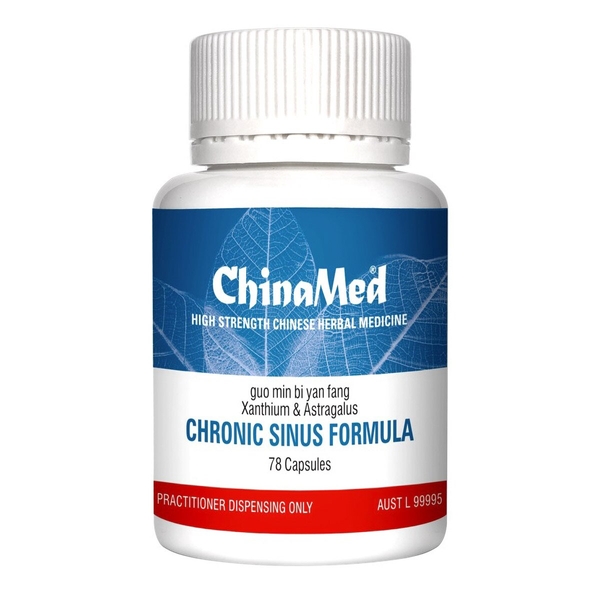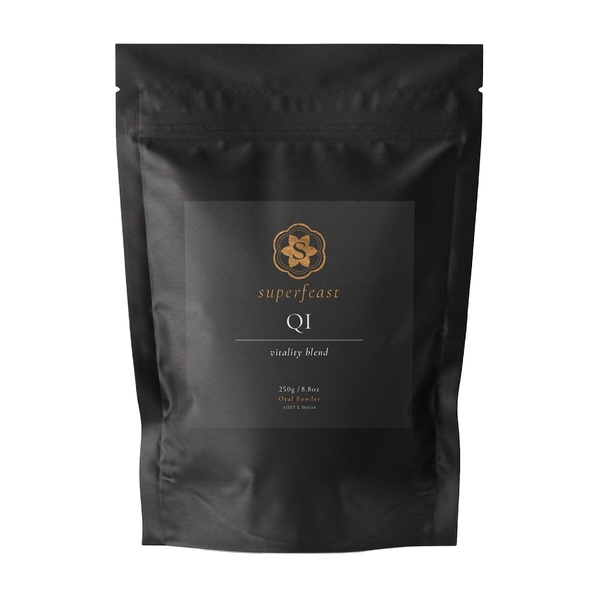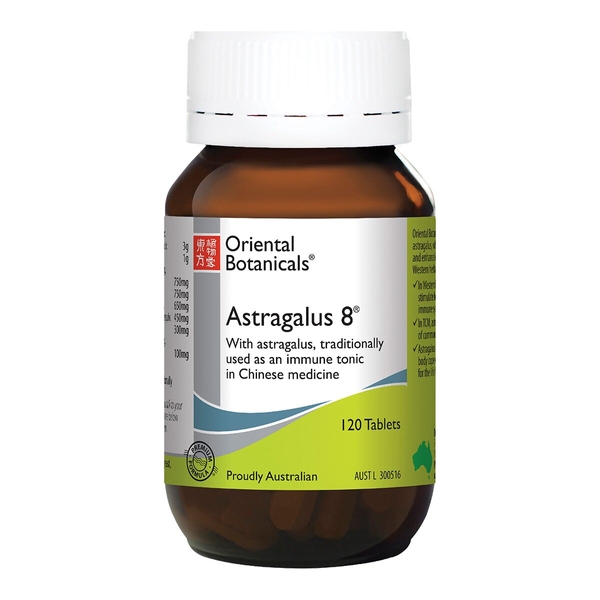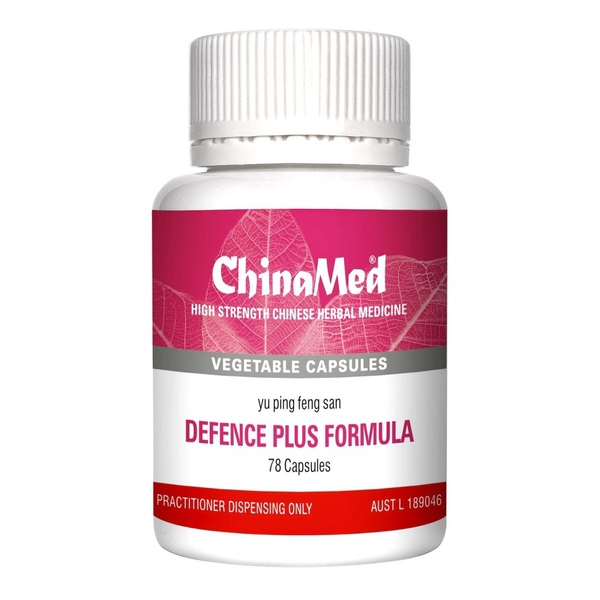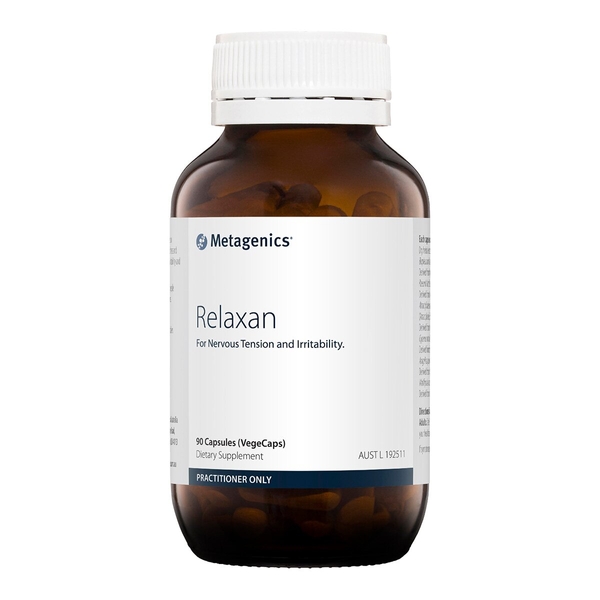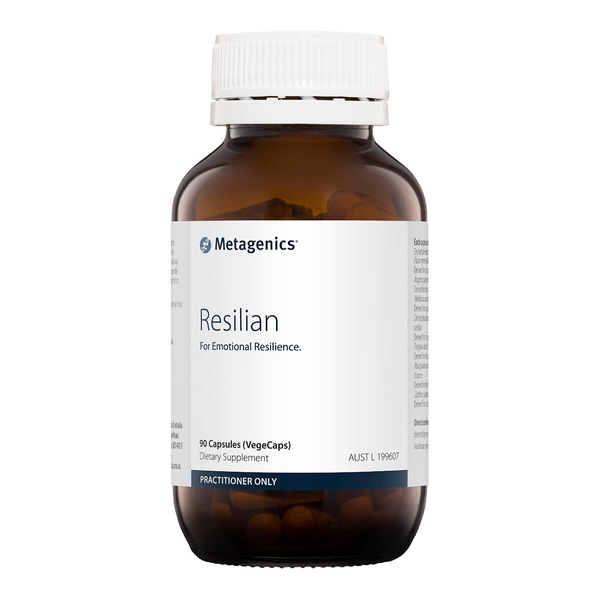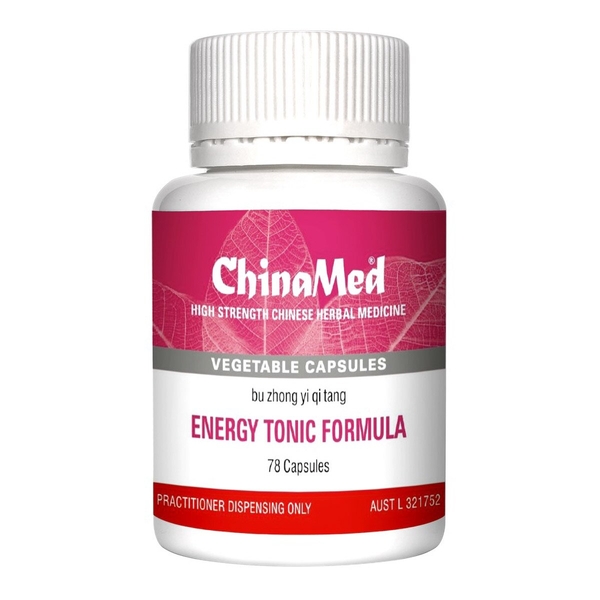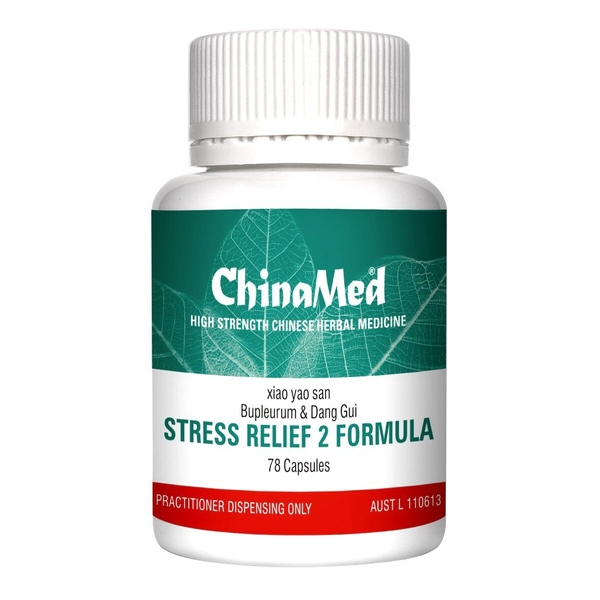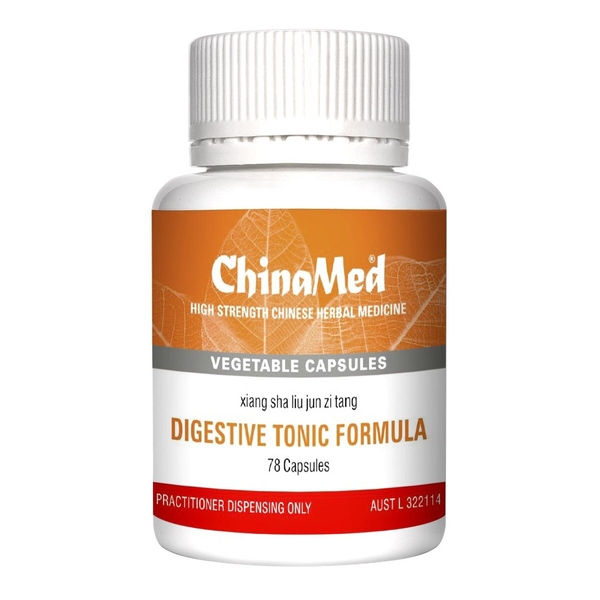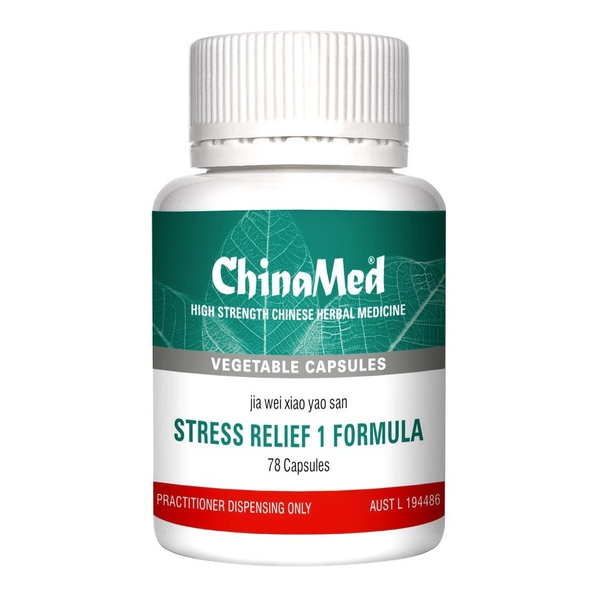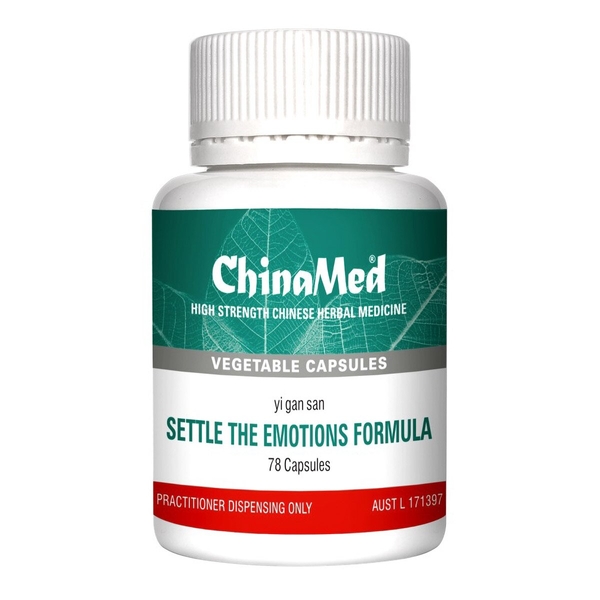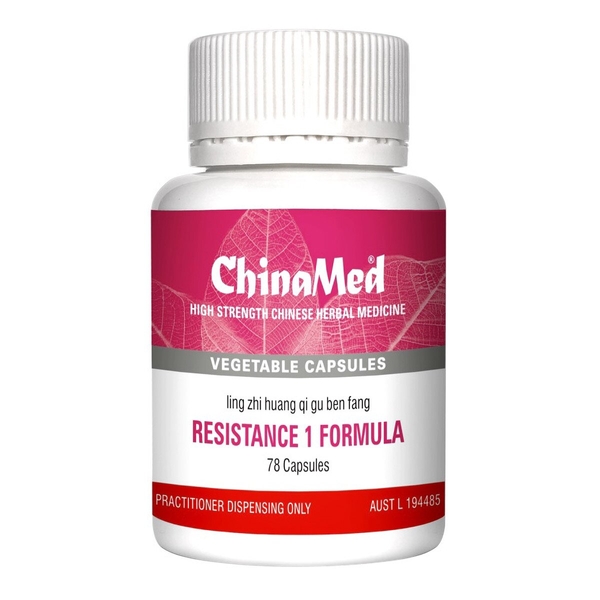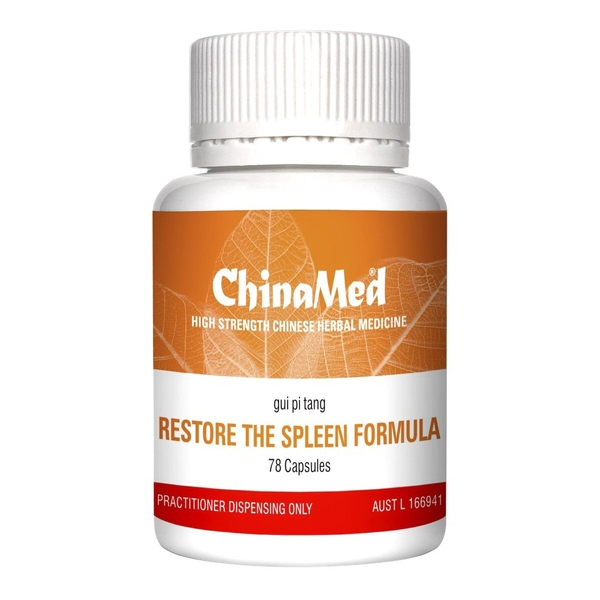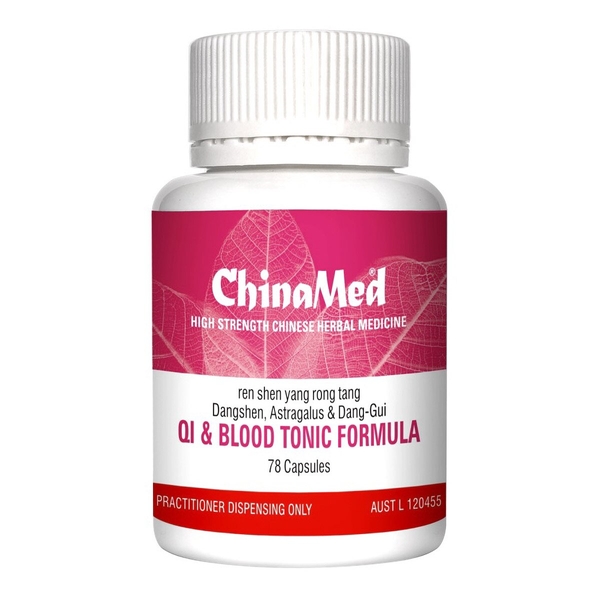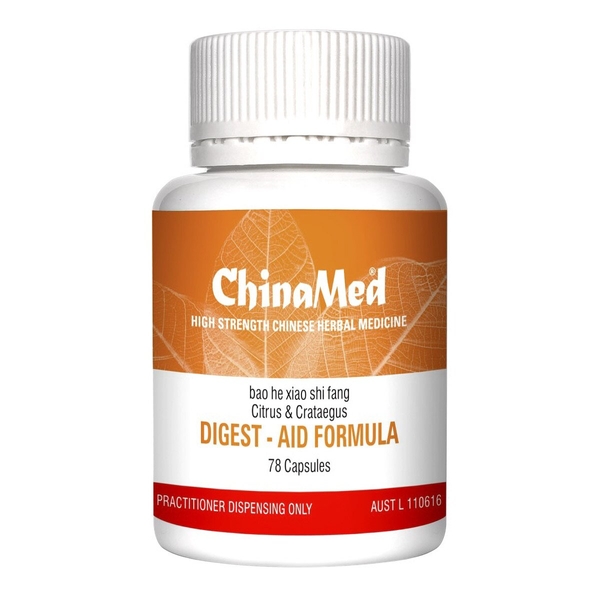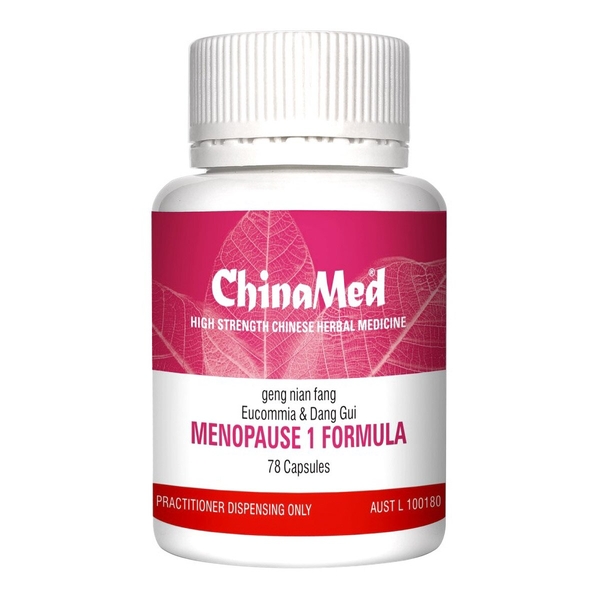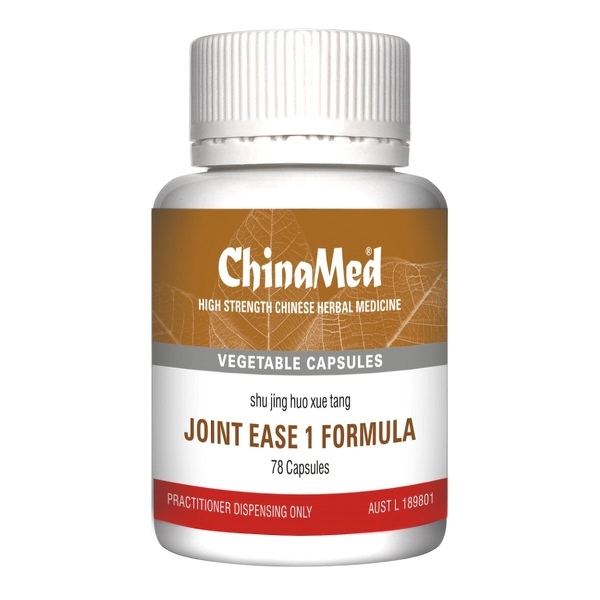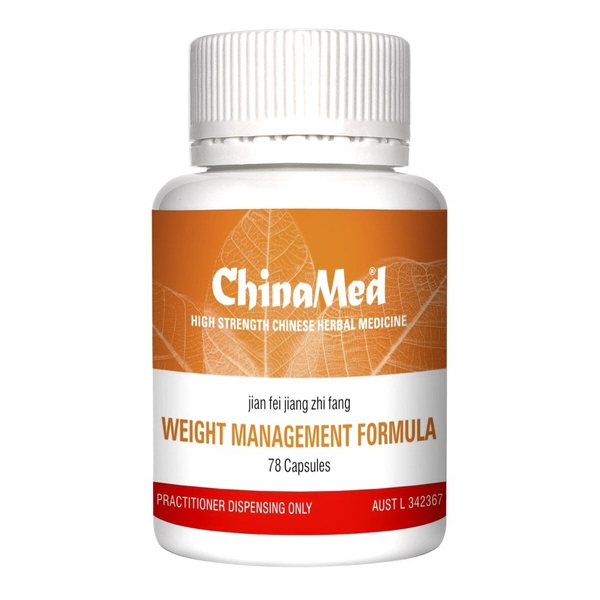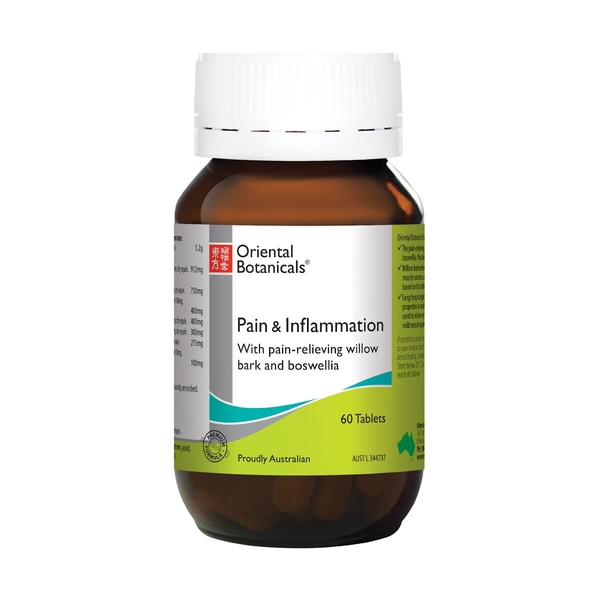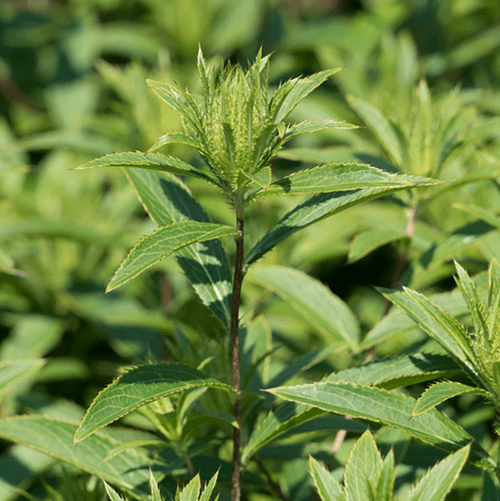
Background
Atractylodes contains chemicals that might help with digestion and reduce pain and swelling. It also contains chemicals that might prevent cancer cells from growing.
People use atractylodes for stomach pain, common cold, lung cancer, obesity, and many other conditions, but there is no good scientific evidence to support these uses.
Safety Safety definitions
Special Precautions & Warnings:
Pregnancy: Atractylodes is possibly unsafe when taken by mouth during pregnancy. In animals, it has caused death or harm in unborn babies. Stay on the safe side and avoid use.Breast-feeding: There isn't enough reliable information to know if atractylodes is safe to use when breast-feeding. Stay on the safe side and avoid use.
Allergy to ragweed and related plants: Atractylodes may cause an allergic reaction in people who are sensitive to the Asteraceae/Compositae family. Members of this family include ragweed, chrysanthemums, marigolds, daisies, and many others.
Bleeding disorders: Atractylodes might slow blood clotting. Taking atractylodes might increase the risk of bruising and bleeding in people with bleeding disorders.
Surgery: Atractylodes might slow blood clotting. This might cause extra bleeding during and after surgery. Stop using atractylodes at least 2 weeks before a scheduled surgery.
Effectiveness
Dosing & administration
Interactions with pharmaceuticals
Hexobarbital
Interaction Rating=Moderate Be cautious with this combination.
Atractylodes might increase the effects of hexobarbital. Taking atractylodes along with hexobarbital might cause too much sleepiness.
Medications changed by the liver (Cytochrome P450 1A2 (CYP1A2) substrates)
Interaction Rating=Minor Be watchful with this combination.
Some medications are changed and broken down by the liver. Atractylodes might change how quickly the liver breaks down these medications. This could change the effects and side effects of these medications.
Medications changed by the liver (Cytochrome P450 3A4 (CYP3A4) substrates)
Interaction Rating=Minor Be watchful with this combination.
Some medications are changed and broken down by the liver. Atractylodes might change how quickly the liver breaks down these medications. This could change the effects and side effects of these medications.
Medications for estrogen sensitive cancers (Aromatase inhibitors)
Interaction Rating=Moderate Be cautious with this combination.
Some types of cancer are affected by hormones in the body. Estrogen-sensitive cancers are cancers that are affected by estrogen levels in the body. Medications for estrogen sensitive cancers help decrease estrogen in the body. Atractylodes might also decrease estrogen in the body. Taking atractylodes along with medications for estrogen-sensitive cancers might decrease estrogen in the body too much.
Medications that slow blood clotting (Anticoagulant / Antiplatelet drugs)
Interaction Rating=Moderate Be cautious with this combination.
Atractylodes might slow blood clotting. Taking atractylodes along with medications that also slow blood clotting might increase the risk of bruising and bleeding.
Interactions with herbs & supplements
Interactions with foods
Products
View all products- Atractylodes macrocephala (Bai Zhu) ext. 22.5 mg
- Atractylodes lancea (Cang Zhu) ext. 19.8 mg
- Astragalus membranaceus ext. 27 mg
- Rehmannia glutinosa ext. 22.5 mg
- Morus alba ext. 22.5 mg
- Lycium chinense ext. 22.5 mg
- Xanthium sibiricum ext. 20.4 mg
- Magnolia liliflora ext. 20.4 mg
- Angelica dahurica ext. 20.4 mg
- Mentha haplocalyx ext. 20.4 mg
- Pseudostellaria heterophylla ext. 20.4 mg
- Scutellaria baicalensis ext. 20.4 mg
- Pueraria lobata ext. 20.4 mg
- Saposhnikovia divaricata ext. 20.4 mg
- Atractylodes macrocephala (Bai Zhu) ext. 90 mg
- Astragalus membranaceus ext. 135 mg
- Saposhnikovia divaricata ext. 75 mg
- Atractylodes macrocephala (Atractylodes) ext. 63.2 mg
- Bupleurum falcatum ext. 75 mg
- Paeonia lactiflora ext. 63.2 mg
- Cyperus rotundus ext. 63.2 mg
- Angelica polymorpha ext. 63.2 mg
- Poria cocos ext. 63.2 mg
- Paeonia suffruticosa ext. 42.4 mg
- Gardenia jasminoides ext. 42.4 mg
- Glycyrrhiza uralensis ext. 31.8 mg
- Mentha haplocalyx ext. 21.4 mg
- Zingiber officinale ext. 21 mg
- Atractylodes macrocephala (Atractylodes) ext. 49.5 mg
- Panax ginseng ext. 49.5 mg
- Angelica polymorpha ext. 49.5 mg
- Poria cocos ext. 49.5 mg
- Dimocarpus longan ext. 49.5 mg
- Ziziphus jujuba ext. 33 mg
- Astragalus membranaceus ext. 49.5 mg
- Bupleurum falcatum ext. 49.5 mg
- Gardenia jasminoides ext. 33 mg
- Ziziphus jujuba ext. 49.5 mg
- Zingiber officinale ext. 12 mg
- Glycyrrhiza uralensis ext. 11.5 mg
- Polygala sibirica ext. 49.5 mg
- Citrus reticulata ext. 15 mg
- Atractylodes macrocephala (Bai Zhu) ext. 46.8 mg
- Astragalus membranaceus ext. 46.8 mg
- Codonopsis pilosula ext. 46.8 mg
- Angelica polymorpha ext. 37.5 mg
- Ziziphus jujuba var. spinosa ext. 31.2 mg
- Bupleurum falcatum ext. 28.2 mg
- Actaea racemosa ext. 18.9 mg
- Citrus reticulata ext. 18.9 mg
- Glycyrrhiza uralensis ext. 15.6 mg
- Zingiber officinale ext. 9.3 mg
- Atractylodes macrocephala (Bai Zhu) ext. 42.3 mg
- Codonopsis pilosula ext. 56.1 mg
- Poria cocos ext. 42.3 mg
- Pinellia ternata ext. 42 mg
- Citrus reticulata ext. 28.2 mg
- Amomum villosum ext. 23.4 mg
- Glycyrrhiza uralensis ext. 23.4 mg
- Lindera strychnifolia ext. 42.3 mg
- Atractylodes macrocephala (Bai Zhu) ext. 38.7 mg
- Paeonia lactiflora ext. 38.7 mg
- Poria cocos ext. 38.7 mg
- Bupleurum falcatum ext. 29.1 mg
- Angelica polymorpha ext. 38.7 mg
- Paeonia suffruticosa ext. 38.7 mg
- Gardenia jasminoides ext. 38.7 mg
- Glycyrrhiza uralensis ext. 12.9 mg
- Zingiber officinale ext. 9.6 mg
- Mentha haplocalyx ext. 16.2 mg
- Atractylodes macrocephala (Bai Zhu) ext. 36 mg
- Pinellia ternata ext. 54 mg
- Uncaria rhyncophylla ext. 36 mg
- Poria cocos ext. 36 mg
- Citrus reticulata ext. 36 mg
- Ligusticum striatum ext. 30 mg
- Bupleurum falcatum ext. 18 mg
- Glycyrrhiza uralensis ext. 18 mg
- Angelica polymorpha ext. 36 mg
- Atractylodes macrocephala (Bai Zhu) ext. 31.02 mg
- Astragalus membranaceus ext. 38.79 mg
- Codonopsis pilosula ext. 38.79 mg
- Angelica polymorpha ext. 31.02 mg
- Poria cocos ext. 31.02 mg
- Ziziphus jujuba ext. 25.86 mg
- Ziziphus jujuba var. spinosa ext. 23.28 mg
- Dimocarpus longan ext. 23.28 mg
- Cyperus rotundus ext. 23.28 mg
- Polygala sibirica ext. 12.96 mg
- Glycyrrhiza uralensis ext. 12.93 mg
- Zingiber officinale ext. 7.77 mg
- Atractylodes macrocephala (Bai Zhu) ext. 30 mg
- Astragalus membranaceus ext. 37.5 mg
- Paeonia lactiflora ext. 30 mg
- Rehmannia glutinosa ext. 30 mg
- Codonopsis pilosula ext. 30 mg
- Angelica polymorpha ext. 22.5 mg
- Poria cocos ext. 22.5 mg
- Ziziphus jujuba ext. 22.5 mg
- Citrus reticulata ext. 15 mg
- Schizandra chinensis ext. 15 mg
- Polygala sibirica ext. 12.51 mg
- Zingiber officinale ext. 12.51 mg
- Glycyrrhiza uralensis ext. 12.48 mg
- Cinnamomum cassia (bark) ext. 7.5 mg
- Atractylodes macrocephala (Bai Zhu) ext. 29.85 mg
- Crataegus pinnatifida ext. 53.73 mg
- Citrus aurantium ext. 29.85 mg
- Hordeum vulgare ext. 35.82 mg
- Poria cocos ext. 35.82 mg
- Pinellia ternata ext. 29.85 mg
- Raphanus sativus ext. 29.85 mg
- Forsythia suspensa ext. 17.91 mg
- Citrus reticulata ext. 17.91 mg
- Amomum villosum ext. 17.91 mg
- Atractylodes macrocephala (Bai Zhu) ext. 22.5 mg
- Eucommia ulmoides ext. 22.5 mg
- Angelica polymorpha ext. 22.5 mg
- Dipsacus asper ext. 22.5 mg
- Loranthus parasiticus ext. 22.5 mg
- Cuscuta hygrophilae ext. 22.5 mg
- Paeonia lactiflora ext. 22.5 mg
- Codonopsis pilosula ext. 22.5 mg
- Poria cocos ext. 22.5 mg
- Alisma orientale ext. 22.5 mg
- Morus alba ext. 22.5 mg
- Curcuma longa ext. 22.5 mg
- Bupleurum falcatum ext. 15 mg
- Ligusticum striatum ext. 15 mg
- Atractylodes lancea (Cang Zhu) ext. 22.2 mg
- Paeonia veitchii ext. 22.2 mg
- Rehmannia glutinosa ext. 22.2 mg
- Cyathula officinalis ext. 22.2 mg
- Poria cocos ext. 22.2 mg
- Ligusticum striatum ext. 22.2 mg
- Citrus aurantium ext. 22.2 mg
- Gentiana macrophylla ext. 22.2 mg
- Glycyrrhiza uralensis ext. 11.4 mg
- Angelica polymorpha ext. 22.2 mg
- Carthamus tinctorius ext. 22.2 mg
- Corydalis turtschaninovii ext. 22.2 mg
- Loranthus parasiticus ext. 22.2 mg
- Atractylodes macrocephala (Bai Zhu) ext. 20.1 mg
- Astragalus membranaceus ext. 26.7 mg
- Crataegus pinnatifida ext. 26.7 mg
- Gynostemma pentaphyllum ext. 33.3 mg
- Citrus aurantium ext. 26.7 mg
- Codonopsis pilosula ext. 20.1 mg
- Nelumbo nucifera ext. 20.1 mg
- Pinellia ternata ext. 20.1 mg
- Poria cocos ext. 20.1 mg
- Alisma plantago aquatica ext. 20.1 mg
- Morus alba ext. 20.1 mg
- Senna tora ext. 20.1 mg
- Citrus reticulata ext. 12.9 mg
- Ziziphus jujuba ext. 12.9 mg
- Atractylodes macrocephala (Atractylodes) ext. 20 mg
- Salix alba ext. 200 mg
- Boswellia serrata ext. 228 mg
- Eleutherococcus nodiflorus ext. 100 mg
- Eucommia ulmoides ext. 66.67 mg
- Gentiana macrophylla ext. 75 mg
- Angelica pubescens ext. 55 mg
- Saposhnikovia divaricata ext. 187.5 mg

